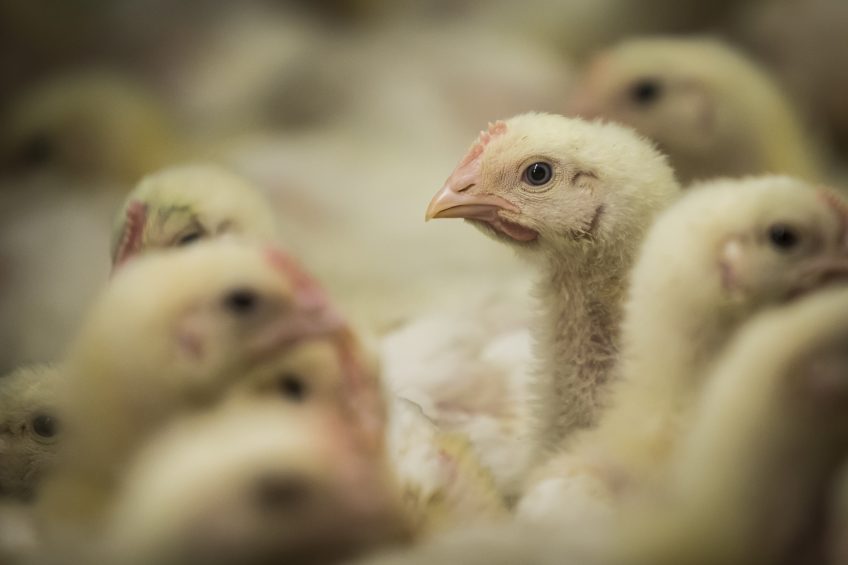Plans to establish own poultry cross in Russia

Chicken sold on the grocery shelves in Russia cannot be considered as entirely domestic as long as it is still manufactured with the use of imported genetic material. Therefore, Russia’s Federal Agency for Scientific Organizations, or FANO, is working to establish the first poultry cross since Soviet times.
Several scientific organisations in the country are currently participating in the project aimed to create the first Russian poultry cross, FANO’s director Mikhail Katukov told Russia’s state-owned media Tass, also specifying that this should be a chicken cross.
“We believe that this project will eventually change the problem of Russia’s poultry industry and the reliance on imported genetic material, which has been quite typical for the industry over the past several decades,” Katukov said.
FANO believes that the new cross will become quite popular among Russia’s poultry farmers, as according to Katukov the basic forecasts suggest in ten years it will allow Russia to meet at least 40% of domestic demand in genetic material for the poultry industry. Katukov, however, has not revealed any details on the production performance of the domestic cross, and when he expects this chicken to become available to the country’s poultry farmers.
During a press-conference on 12 December 2016 Ekaterina Zhuravleva, the assistant of the head of FANO, said that the target of Russia’s scientific organisation will introduce some domestic poultry crosses to the country’s poultry farms by 2020. Referring to the governmental import-replacement strategy she said that by 2020 domestic poultry cross should account for 10% of the poultry flock at Russia’s poultry farms, while by 2025 this figure should rise to 50%.
She claimed that the import-replacement task on the genetic material in the poultry industry initially had been stipulated by Russia’s president Vladimir Putin, adding that the country’s scientists nowadays “are ready to bring all their reserves into this project”. Zhuravleva also suggested that work on the establishment of the first poultry cross in Russia should be held on the basis of the selection and hybrid centre established at the Mezhenino poultry farm in the Tomsk Oblast of Russia.
In early 2017 several Russia’s poultry producers complained about the shortage of hatching eggs and genetic material in the industry. It has been stated that the import from the European Union, which is believed to be the largest supplier of this production to the country, has largely been restricted due to the outbreaks of the highly pathogenic avian influenza (AI). As a result, numerous producers faced problems, particularly in the turkey segment.












